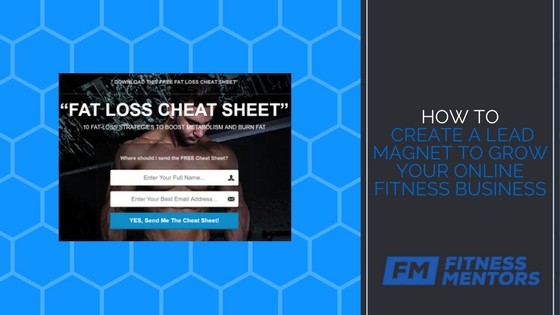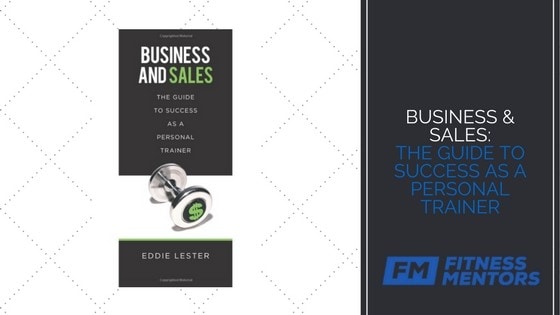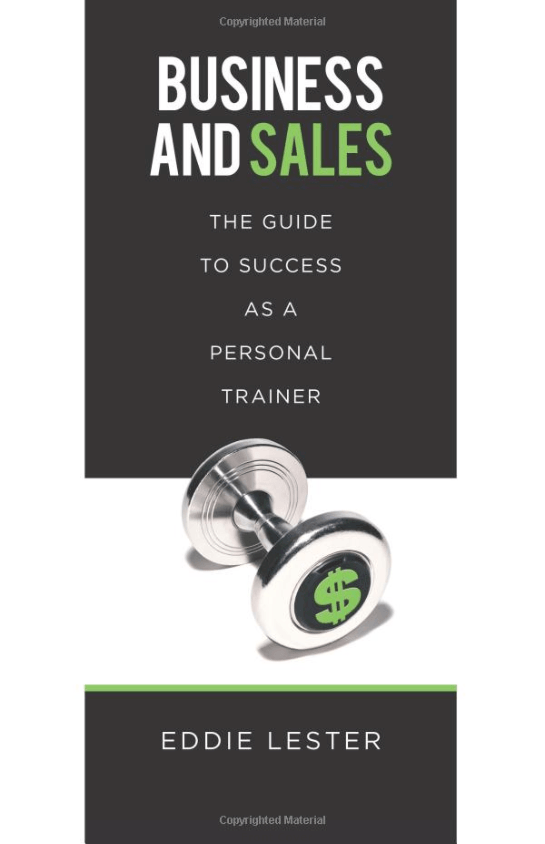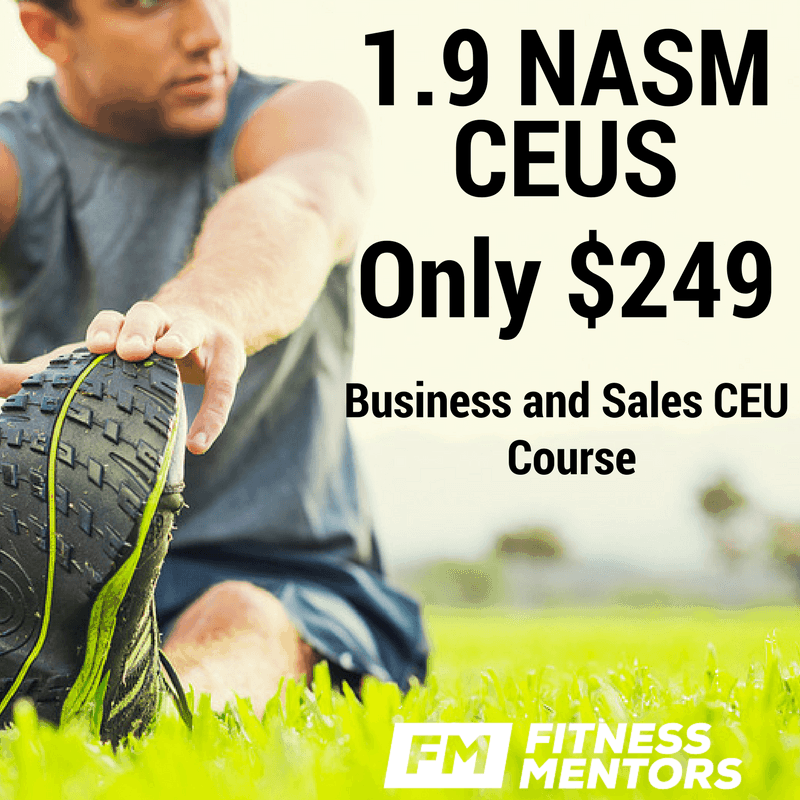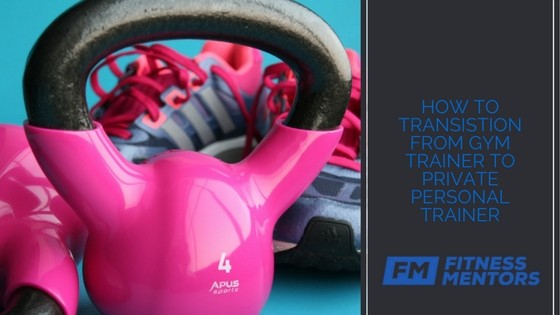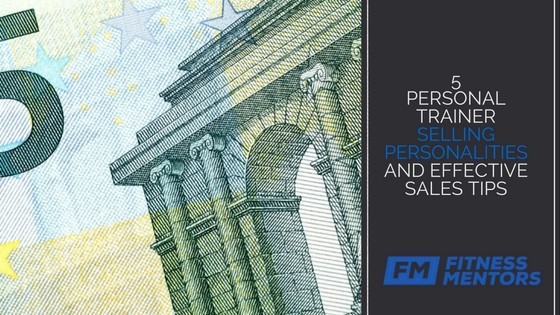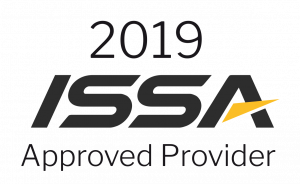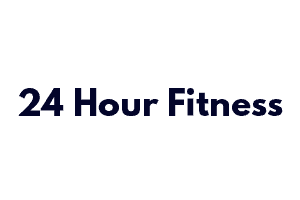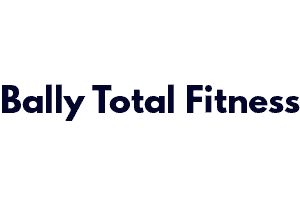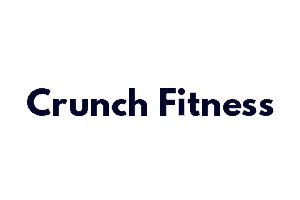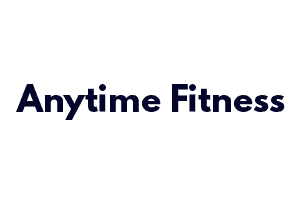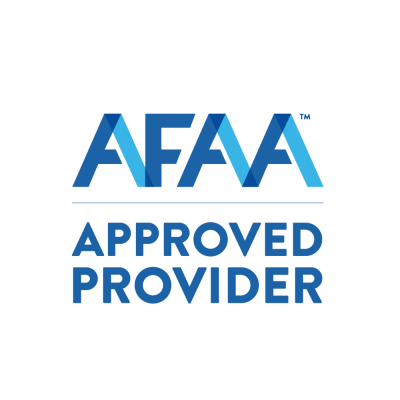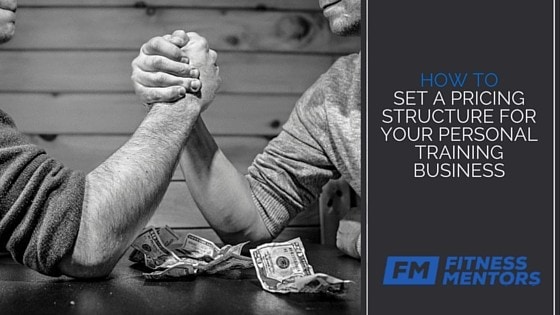How to Create a Lead Magnet to Grow Your Online Fitness Business
Ever wonder how to get people to your website and on your email list to land your first client and grow your online fitness business?
Search the depths of the Internet for answers, and you’ll probably dig up a million different ways to do this. But there’s a key feature to include on your website that can help you bring in leads, build authority as an online personal trainer, and grow your fitness business.
Turn prospects into clients with a lead magnet
Know what it is? A lead magnet is a marketing term for a document designed to generate interest, engage prospects, and start a conversation that can turn information seekers into paying clients.
Even if you haven’t created a lead magnet before, chances are pretty good that you’ve signed up and downloaded your fair share. Check out the online fitness business gurus and personal trainers who have been in the game a little longer, and you’ll see what I mean.
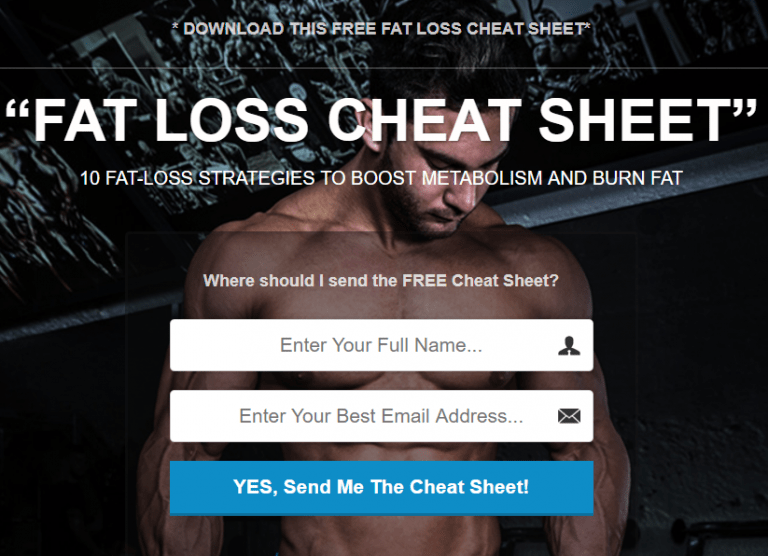
For example, transformation specialist and online personal trainer Ryan Spiteri created the Fat Loss Cheat Sheet as a lead magnet to connect with prospects. When someone signs up, they download this free PDF via email, get added to his email list, and receive weekly messages that provide useful information about things like working out, dieting, and fitness goals. And mixed in with those emails are opportunities to purchase a training program.
Create your own lead magnet for your fitness business
Now that you know what a lead magnet is and how it works to help build your online fitness business, you can create your own. But I’m not a writer, or designer? Don’t worry. It’s not as hard to create a lead magnet as you might think.
By following a few simple steps, you can create a lead magnet for your fitness business to connect with the type of clients you want to work with.

1
Identify your niche
There was a time when the average personal trainer was in high-demand, had a solid book of business, and trained everybody from athlete to new mom, overweight or obese adults, and senior citizens. But online personal training has changed the game. It’s a lot harder to be successful as a general personal trainer when you’re running an online fitness business.
Here’s the reason. When people decide they want to get in shape, lose weight, train for a race, or even enter a bodybuilding competition, the Internet is typically one of the first places they look to find answers. Specializing in a specific area or niche, greatly increases your chances of being found when someone searches for, “weight loss coach,” for example.
Specializing is how online personal trainer Dave Smith found his niche helping new moms and women with weight loss, dieting, and fitness goals.
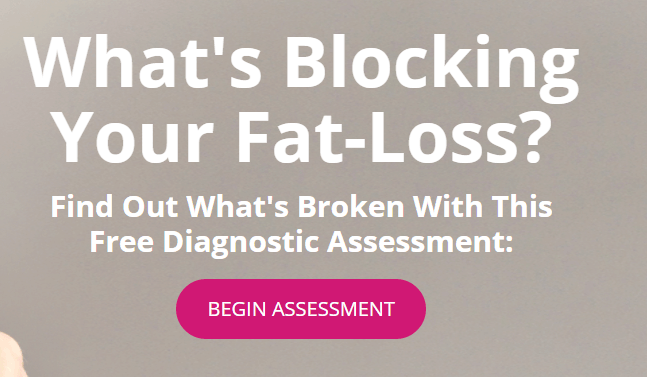
2
Do your research
Take the time to figure your target audience or niche, and you’re one step closer to creating a lead magnet that converts. Once you know your niche, you can dig a little deeper to find out more about their goals, interests and concerns, and what your niche audience is looking for help with online.
Here are some questions to think about to help you develop a topic idea for your lead magnet.
- Where do your ideal clients hang out online? (Facebook, Instagram, Twitter, Pinterest, etc.)
- What are their concerns, issues, pain points about health and fitness?
- What problems are they talking about in Facebook groups, niche specific websites, and online forums that your online fitness business can solve?
Find out what people are really searching for online. Here are a couple more ways to help you research your niche to develop a lead magnet.
- Use Google Keyword Planner. This free tool allows you to see the search volume and trends for key phrases people are using to search for information online. For example, while writing this post, we found that only about 100 people search for “online fitness business” a month. But “fitness business” gets about 1,000 searches a month.
- Type in search terms you think your target audience is using to help you find a key phrase to help shape your lead magnet.
3
Developing your lead magnet idea
With a well-defined niche and solid research, you can start developing an idea for your lead magnet. If you’re freaking out about this step, it’s pretty normal. Don’t overcomplicate it.
At this point, you know your niche. You’ve got the credentials to be a personal trainer and run an online fitness business. And you probably already have real-world experience training clients or working out yourself.
The biggest mistake people make at this point is thinking that the lead magnet needs to be a massive resource of information, an ebook hundreds of pages long, or a week-long mini course. Yes. You could spend the time to create these types of lead magnets. But you don’t have to.
Make it as simple as possible. For example:
- Create a list-style resource. (Example: HIIT On The Go: 10 quick and insanely effective workouts you can do anywhere)
- Write a series of questions and answers. (Example: 40 Questions, Myths, And Truths About Nutrition)
- Write a one-week diet and training plan (Example: 7 Day Fat Loss Jump Start)
- Make a short video that solves a problem (Example: A Flatter Stomach in 30 Seconds)
- Develop a list of quick tips
- Create a series of emails (Example: 7-Day Physique Mastery Email Course)
- Make an audio recording
These examples should give you some ideas to develop your own lead magnet. Obviously, you’ll need to spend some time writing or recording the content. It makes sense for most fitness business owners to try and control costs when starting out, but you could hire someone to create the content for your lead magnet.
You could also repurpose existing content (like a podcast episode, blog post, case study, series of emails, resources page, etc.) and turn it into a lead magnet
4
Designing your lead magnet
You’re a personal trainer and fitness business owner, not a graphic designer. How are you going to get your lead magnet designed (cover, page design, video/audio intro, etc.)?
Option #1. Be willing to learn something new. For example, you can use sites like Canva for free to design a lead magnet cover. And YouTube has its own video editing software and tutorials. You’ll have to spend some time learning how to use these tools, but they’re relatively user-friendly, and most are free.
Option #2. Pay someone to design your lead magnet. If you don’t already have a steady stream of personal training clients and income, you probably want to keep costs down when starting your online fitness business. But to get leads coming in, it might be worth it to pay someone to help you design your lead magnet. Fiverr.com is an affordable option, where you can find talented graphic designers with rates as low as $5 per project.
5
Go live, and start collecting leads
Once you’re done with your lead magnet, you’ll want to connect it to your website with an opt-in form to capture email addresses. You can find free WordPress plugins to do this, or pay to use lead generation tools like Lead Pages. Basically, these tools (free or paid) help automate the process. When someone submits their email address, they’ll receive your free lead magnet, and be added to your email list.
But you’ll need to do more than just post your lead magnet on your website. If you don’t have a massive email list or social media following, you need to help people find out about it. Here are some effective, and inexpensive ways to do this:
- Send out an email. Even if you don’t have a big email list, you probably have a few contacts. Send an email and invite them to check out your lead magnet.
- Reach out to bloggers/websites that already have a following. Offer to write a guest post about a health/fitness topic. Include a link to your lead magnet. (see tip #1 for specifics on this approach)
- Be a guest on a podcast. About 57 million people a month listen to podcasts in the U.S. alone. And a lot of those podcasts cover health and fitness topics. Contact podcast hosts via email, Twitter, Facebook, Instagram, etc. Provide a brief bio that mentions you’re a personal trainer, and ask if they’d consider interviewing you. You’ll probably get a chance to plug your lead magnet and point people to your site in the show notes.
- Answer questions on Quora. Create an account, and start answering questions about health and fitness. Include a link to your website in your bio.
- Post a video on YouTube. It doesn’t have to be long. 1 to 3 minutes is fine. You can even record a decent video with your phone. Introduce yourself. Talk briefly about common health and fitness challenges people have, and how you can help. Or instead of a talking-head video, demonstrate an exercise, or how to cook a healthy dish. Encourage people to visit your site for more information.
- If you do have a budget, consider spending a little money to run a Facebook ad campaign, for example, to promote your lead magnet. Or use social media to host a contest to get people to sign up for your lead magnet with a drawing for something of value like a gift card, fitness tracking device, or free coaching.
It might take a little time to develop an effective lead magnet and get it all set up on your site. But it’s a smart strategy that will help you grow your fitness business.
Have questions about creating a lead magnet for your fitness business? Let’s discuss. Leave a comment in the notes.

Personal Trainer Career Roadmap
Featured Posts

How to Become a Personal Trainer in 5 Simple Steps

Personal Trainer in 2020

Personal Trainer Salary

Top 5 Exercise Science Careers


